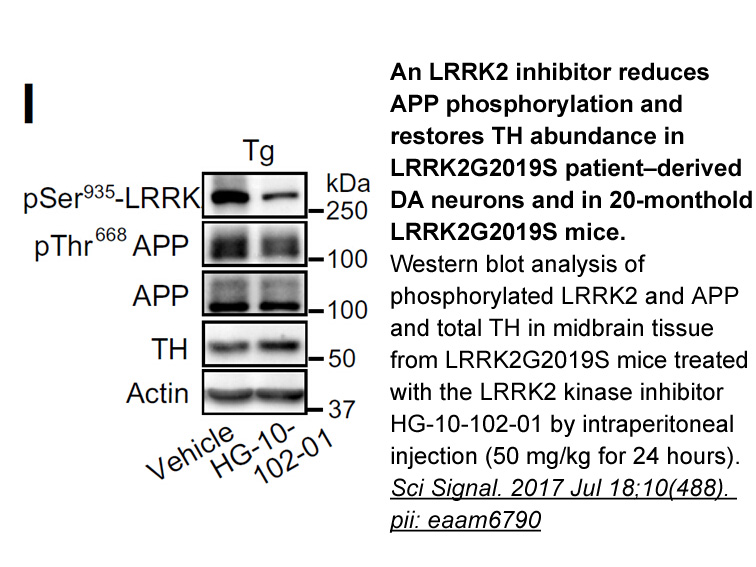Archives
br Introduction Ewing s sarcoma ES is
Introduction
Ewing’s sarcoma (ES) is a mesenchymal tumor characterized by small, round, blue cells, and is poorly differentiated and highly malignant [1]. While ES typically arises in bone and soft tissue, rare primary extraosseous manifestations of ES have been reported throughout the body [2]. Specifically, the incidence of primary intradural, extramedullary ES (PIEES) of the spine is extremely rare. To date, there have been only a few cases reported in the literature
PIEES shares many histological features with its osseous counterpart. However, extraosseous ES has been associated with superior overall survival (5-year survival: 70% vs 62%) compared to its osseous counterpart [3]. Moreover, the adhesive nature of PIEES in relation to the spinal cord and nerve roots may prove to be a barrier in achieving complete resection without neurological compromise. Also, given the established recurrent and metastatic nature of ES, the presence of PIEES within the central 93 3 renders patients vulnerable to further tumor in more precious and delicate areas relative to other extraosseous sites [4].
We previously reported 5 cases with PIEES from our institution who received surgical resection [5,6]. In this study, we present an update on three of those cases and review  the other two. We also conducted a systematic review of the literature for PIEES of the spine and summarized the clinical outcomes of all published cases. Although extremely rare, the possibility of PIEES in a patient that presents with an intradural mass should not be prematurely dismissed.
the other two. We also conducted a systematic review of the literature for PIEES of the spine and summarized the clinical outcomes of all published cases. Although extremely rare, the possibility of PIEES in a patient that presents with an intradural mass should not be prematurely dismissed.
Materials and methods
Results
Discussion
The molecular profile of PIEES is emerging as a critical component in diagnosis. Classically, ES demonstrates oncogenic chromosomal rearrangements involving the EWSR1 gene along chromosome 22, which has become pathognomonic of the disease [40]. The most common rearrangements are the nonrandom translocations t(11,22)(q24;q12) and t(21,22)(q22;q12), which occur in approximately 85% and 10–15% of all cases respectively [40]. The former is characterized by the EWSR1-FLI1 fusion transcript on molecular analysis. Rarer translocations with chromosomes 2 (FEV), 7 (ETV1) and 17 (ETV4), as well as gains of chromosomes 1q, 2, 5, 7, 8 and 12 and deletions of chromosomes 1p36, 9p, 17p and 16q have all been reported as well [41,42]. Thus the absence of the classic t(11,22)(q24;q12) does not necessarily dismiss the diagnosis of PIEES.
Histological examination has been the traditional means for diagnosis. Microscopic imaging of small, round, blue cells accompanied by positive CD99 antigen expression supports a diagnosis of ES. CD-99 is a 32-kDa cell membrane glycoprotein which may inhibit cellular differentiation in ES via modulation of the MAPK pathway [43]. Unfortunately, CD99 expression is not entirely specific for ES, as it is also expressed in other primitive neuroectodermal tumors. A positive molecular EWSR1-FLI1 fusion transcript is considered an important diagnostic feature for PIEES [44]. While our series involved molecular confirmation by either FISH or RT-PCR, there were several cases in the literature in which the diagnosis was based only on histopathology and immunohistochemistry. The fidelity of the diagnosis could not be completely ascertained in such cases, although they were reported as Ewing’s sarcoma. It must also be remembered that peripheral primary neuroectodermal tumors (pPNETs) are virtually indistinguishable from Ewing’s sarcoma with a positive EWSR1-FLI1 fusion transcript and strong positivity for CD99. Given their similarity, it has been argued that they are the same pathologic lesion as extraosseous Ewing’s sarcoma, falling within the spectrum of “Ewing family of tumors (EFT)”. In light of these findings, several cases in the literature reported their findings as “Ewing’s sarcoma/pPNET”. It must be noted that, for the very same reason, we were unable to perform accurate histologic discrimination between the two types of tumors in our own series. In contrast to osseous Ewing’s sarcoma, we found most patients in our series to present in late adulthood (median age-31 years). We also found poor 5-year overall survival in our series (40%, Fig. 2B), whereas, in contrast, literature has previously suggested higher 5-year survival in extraosseous Ewing’s sarcomas (70%), even when compared to osseous lesions (62%) [3].